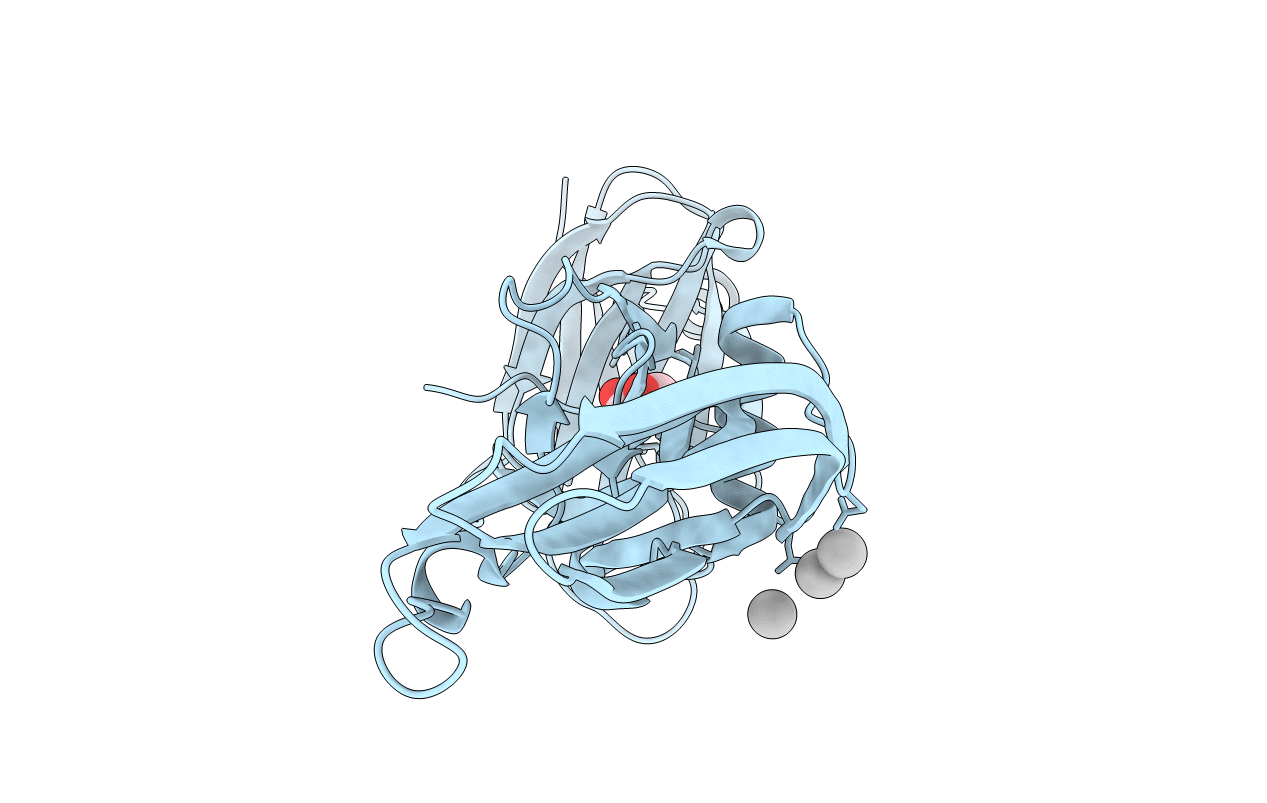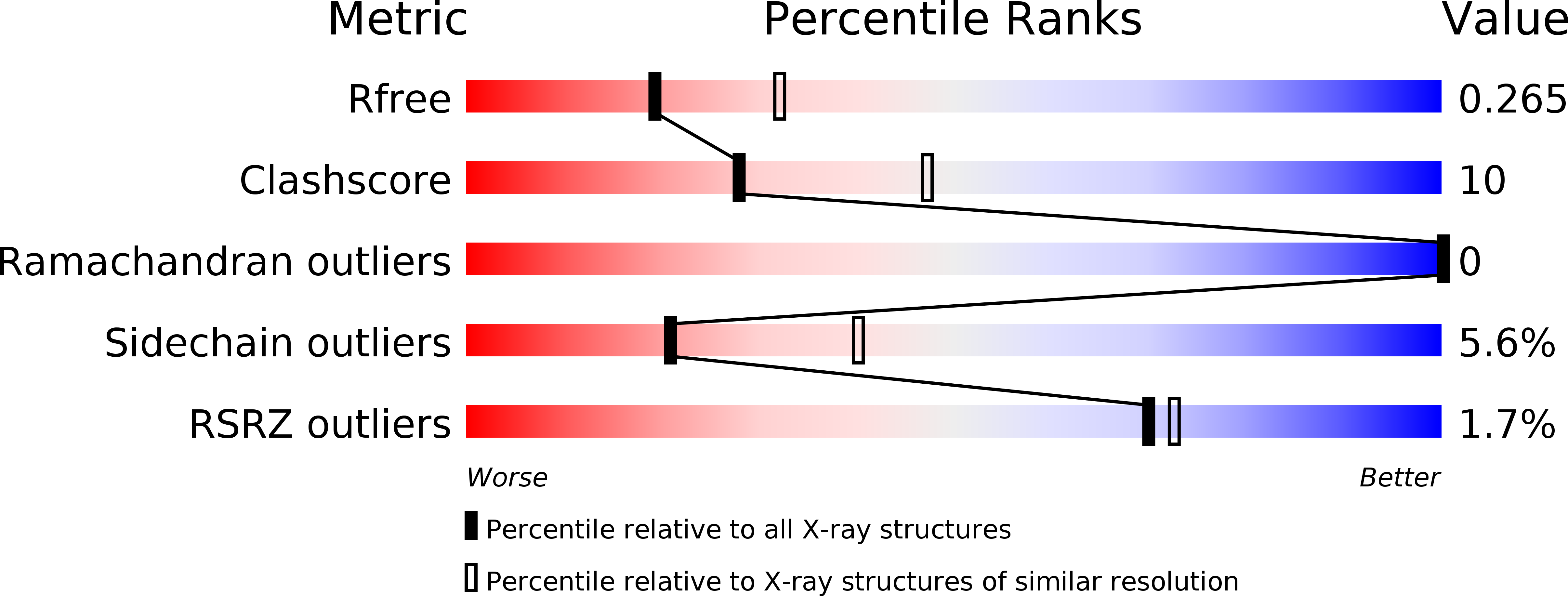
Deposition Date
2010-08-12
Release Date
2011-04-13
Last Version Date
2023-11-01
Entry Detail
Biological Source:
Source Organism:
Clostridium perfringens (Taxon ID: 1502)
Host Organism:
Method Details:
Experimental Method:
Resolution:
2.51 Å
R-Value Free:
0.26
R-Value Work:
0.21
R-Value Observed:
0.21
Space Group:
P 21 3


